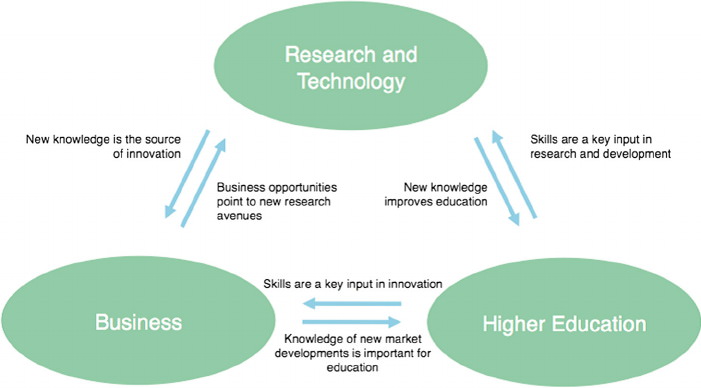From time to time, we have seen various successful examples of education systems. Finland for example is considered as one of the top achievers. Finland’s education has evolved rapidly the last 15 years; however, it was a part of a broader 40-year-old strategy.
“When the first results from the Programme for International Student Assessment (PISA), a standardized test given to 15-year-olds in more than 40 global venues, revealed Finnish youth to be the best young readers in the world. Three years later, they led in math. By 2006, Finland was first out of 57 countries (and a few cities) in science. In the 2009 PISA scores released last year, the nation came in second in science, third in reading and sixth in math among nearly half a million students worldwide.” As LynNell Hancock has observed in her article.
The secret behind this success according to my opinion was the “curiosity” for new methods in teaching. From a simple Finnish teacher to nation’s policy makers, everyone was open to try new things from reducing the teaching hours to create open classrooms.
But how many new “Nokia” companies have you seen?
We have seen various start-up companies that are trying to transform education (aka EdTech Start-Ups), usually by creating virtual environment and services like e-learning, gamification activities, e-learning platforms with various features.
But how many new Gates, Jobs and Bezos have you seen out of them?
Is the secret of innovation in the “right education”? The answer is no. Let’s be skeptical for one moment.
Israelis have more PhD’s and MD’s and advanced degrees than any other nation and are in the top five of nations for per-capita scientific publication output. They have more doctors, lawyers, engineers, etc. per capita than any nation. The number of high-tech firms located in Israel is exceeded only by the USA’s Silicon Valley region.
University of Florida Sid Martin Biotechnology Incubator, has achieved some amazing numbers over the past 20+ years. It has served more than 100 startup companies in biotechnology, biomedicine and bio-agriculture. The Institute has created more than 2,200 high-tech jobs since its inception, and SMBI resident companies have accumulated over $1.62B in capital and M&A activity. There is a 93% survival rate for companies that entered the SMBI program since March of 2003, and an overall 78% survival rate for all companies served.
The answer to how did they achieved such numbers, is to their nature to work closely with the market. Israel & US have companies (small or large), inside their universities, they know their needs and they blend education with Intellectual Property. They like their education & research organizations to produce patents. It is a key fact that they don’t do this by luck. Israeli and US based Universities have processes.
I really like the example of Georgia Tech University. In order to commercialize its engineering research, they have developed a faculty monitoring program, that checks the research programs and encourage faculty to disclosure inventions. Afterwards, the office of technology transfer evaluates the commercial possibilities of each proposal and if exist good perspectives, the office of technology licensing applies for a patent. The patents are transferred then in the University Business Incubator of Georgia Tech named Advanced Technology Development Center (ATDC), in order to provide unique resources for the success of the graduate companies. It also provides an enhancement of synergies between Professors, students and private venture capital firms.
It’s like saying to each Professor:
“Is your research producing a patent? If not; go away, If yes; take 1-2 students go to our incubator and establish a company, we will give you everything that is needed.”
ATDC has been founded in 1980 and since then more than 150 companies have been created; raising more than USD 2 billion in outside financing and creating thousands of permanent jobs.
European Union is continuously worrying that still, hasn’t a company like Apple, Microsoft, Google or Amazon. In order to bridge the gap with US, created the European Institute of Innovation & Technology (EIT) that focuses on building the knowledge triangle in a series of target sectors like Raw Materials, Health, Digital transformation, Climate Change, Energy and Mobility.

We don’t know if Europe efforts are enough or potent, by sure they are late in the game. If you want your nation to become a leader in innovation and digital transformation, you need to develop a mixture of proper educational methodologies, policies and procedures to implement knowledge triangle both at the early stages of the education but also strictly on top. In DVK we have the experience and we can assist in building a tailor-made strategy, not just for the future of education, but for the increase of National prosperity.

